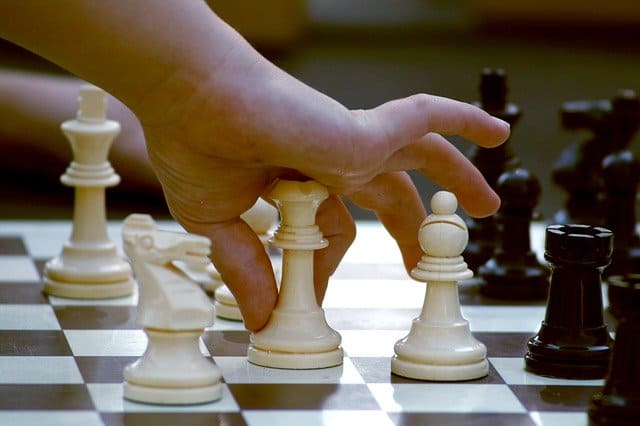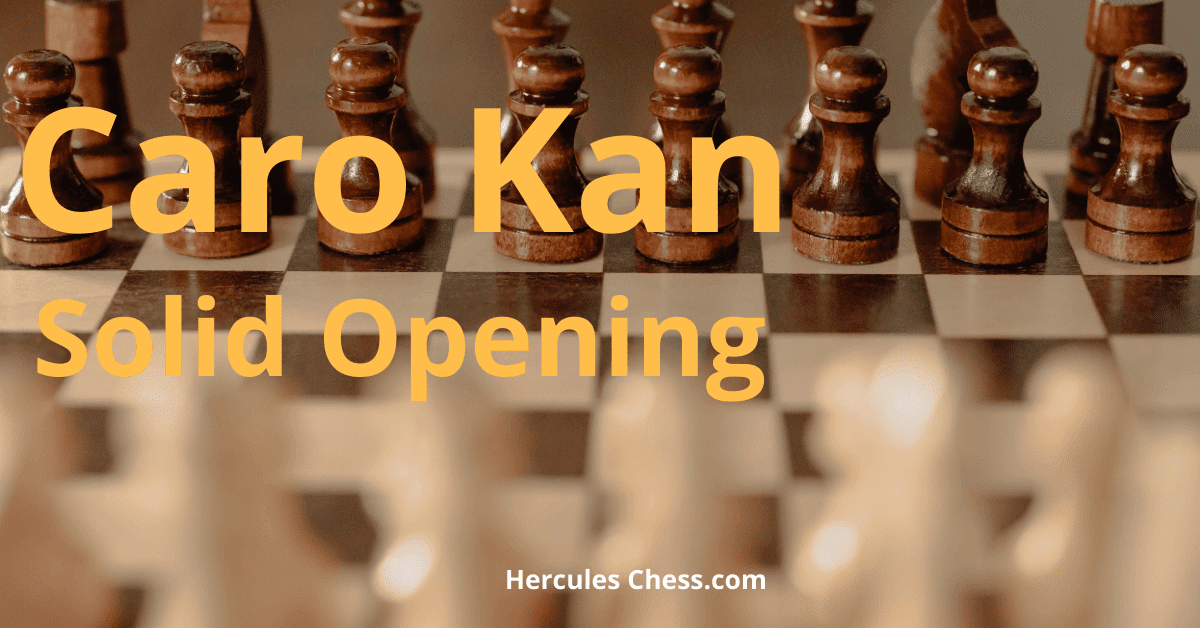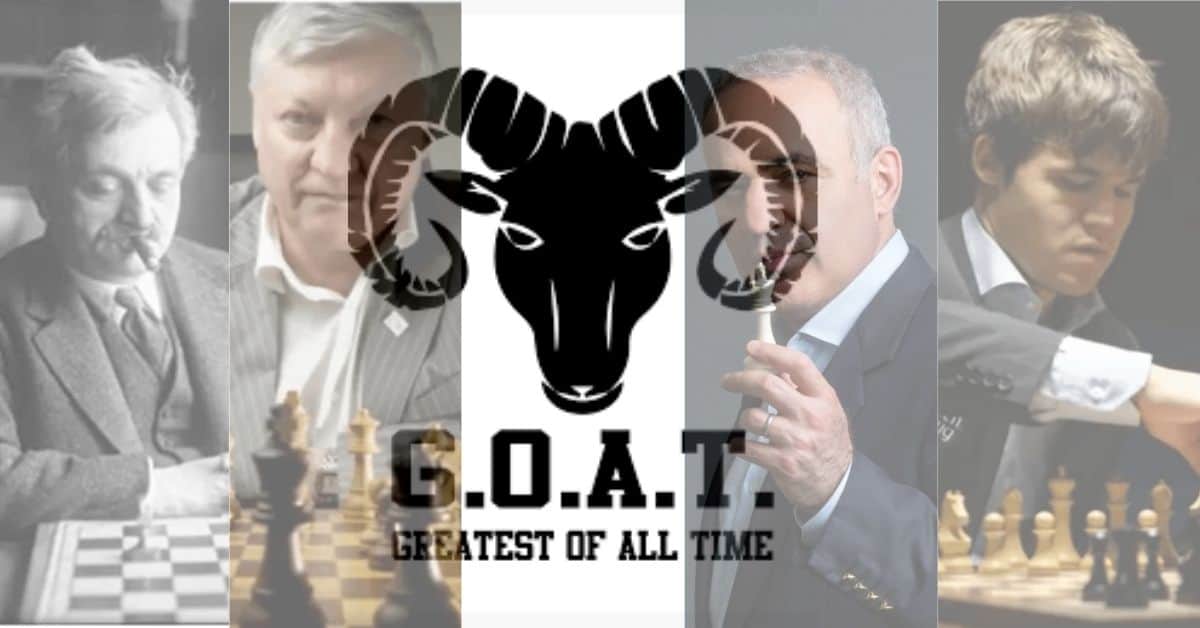It’s important that beginner players understand what the touch move rule is in chess. It’s quite often that a player will touch one piece and move another. In that scenario, you should know what to do and say.
The Touch-Move rule states that during a tournament or competition, if a player touches a piece with his/her hands in a way that indicates they want to make a move, then no matter what happens, they must move that piece.
However, this is only permissible if the move is legal. As long as the player doesn’t move the piece onto a new square, the piece can be moved to any other accessible square.
Touch Move Rule Scenarios
- If a player accidentally brushes against a piece, then it doesn’t count as an intentional move.
- If the player touches an opponent’s piece, then if the move is legal, he/she must capture it with their piece.
- If the move isn’t legal, then he/she must capture one of the opponent’s first pieces on the board, as long as the move is legal.
- If the players are unable to decide on whether they touched their piece or one of their opponent’s, it will be assumed that they touched their own piece and the capture of the opponent’s piece will be annulled.
- If one player touches more than one chess piece, then he/she must capture each one in legal moves. An exception is made with the illegal castling move, in which case the king has to move if it can, otherwise, the rook won’t be allowed to move.
Castling Touch-Move Rule
When the player is castling, he/she must touch the king first. If the player touches the rook first or both pieces simultaneously, then he/she must use the rook first and carry on with castling. This is possible only if the moves are legal.
If the player is able to complete a two-square move with the king without touching the rook, then he or she must move the rook in the correct moves that will make it a legal move.
Otherwise, the whole castling will be considered illegal, and it must be withdrawn.
Pawn Promotion Touch Move Rule

When a player successfully moves the pawn to the eighth rank, if the player takes his/her hand off the piece, then it can no longer be promoted to a different piece.
However, the move will also not be considered valid unless the player promotes his/her piece before moving it to the next square.
Basically, when a player decides to make a move, the Touch-Move rule states that the player must legally move the piece before touching any other chess pieces. This can be a slight challenge for most players.
Players must stay vigilant while playing in a competition and make legal individual moves. If a player wants to adjust a piece on the board, he/she must first announce “j’adoube,” a French phrase meaning “I adjust.”
A player is strictly prohibited from touching other pieces on the board if it’s not his/her turn, and he/she must wait until their turn to make a move.
Final Verdict – Touch Move Rule in Chess
If a player touches one of their own pieces, they must move it. If they touch one of the opponent’s pieces, they must capture it. To straighten up the pieces on their squares without being required to move them, a player should first say, I adjust. If a player touches a piece that cannot legally move, there is no penalty. They simply move another piece. There is also no penalty for touching an opponent’s piece that cannot be legally captured.
Touch move is an optional rule, usually in serious games. Players should agree before the game whether they are playing “touch move” or not.
Related Post: Complete guide to the rules of chess






